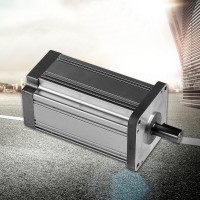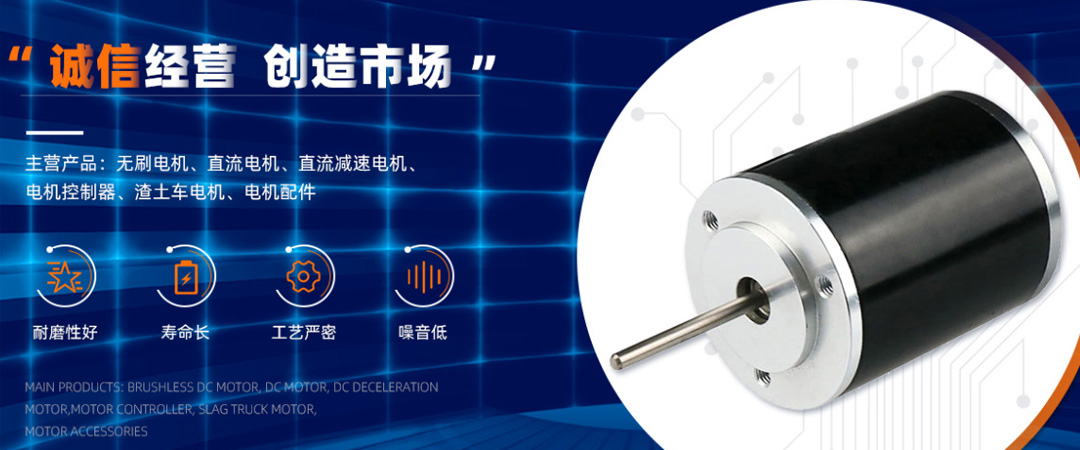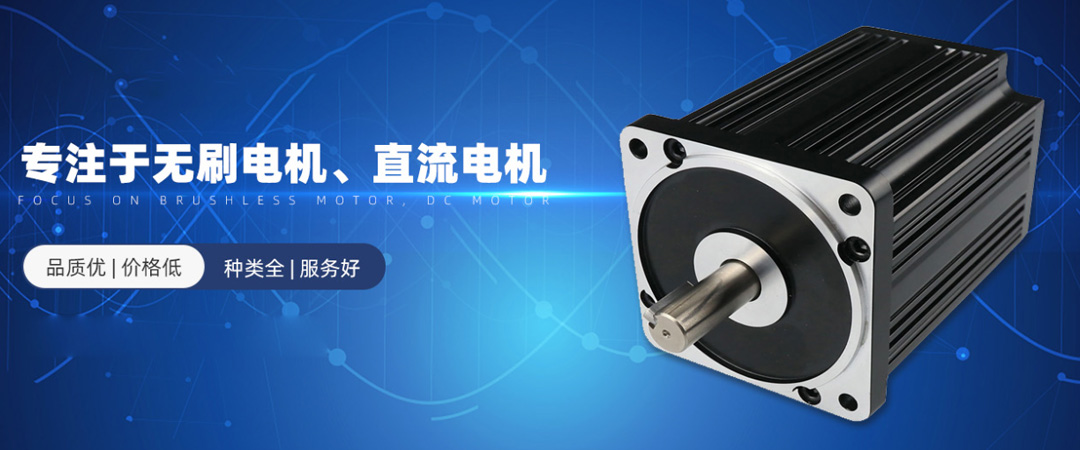What parameters should be considered when choosing a brushless motor
Brushless motor consists of a motor body and a driver, and is a typical electromechanical integrated product. Due to the fact that brushless motors operate in a self controlled manner, they do not require additional starting windings on the rotor like synchronous motors that start under heavy loads under variable frequency speed regulation, nor do they produce oscillations and loss of step during sudden load changes. The permanent magnets of small and medium-sized brushless motors are now mostly made of high magnetic energy rare earth neodymium iron boron (Nd-Fe-B) materials. Today, let's talk about the parameter issues that need to be considered when choosing a brushless motor. Let's take a look together.
1. High torque: It can be obtained by adding the load torque, moment of inertia, and friction force, and is also affected by additional factors such as air resistance in the air gap.
2. Square modulus torque: It can be approximated as the continuous output torque required for practical applications, determined by factors such as high torque, load torque, moment of inertia, acceleration, deceleration, and operating time.
3. Speed: For speeds with application requirements, the speed requirement of the motor can be determined based on the trapezoidal curve of the motor speed.
Brushless motors use semiconductor switching devices to achieve electronic commutation, replacing traditional contact commutators and brushes with electronic switching devices. Brushless motors have the advantages of high reliability, no commutation sparks, and low mechanical noise, and are widely used in recording stands, video recorders, electronic instruments, and automated office equipment. That's all for today's content. I hope it's helpful to you.
Editor: Cora
1. High torque: It can be obtained by adding the load torque, moment of inertia, and friction force, and is also affected by additional factors such as air resistance in the air gap.
2. Square modulus torque: It can be approximated as the continuous output torque required for practical applications, determined by factors such as high torque, load torque, moment of inertia, acceleration, deceleration, and operating time.
3. Speed: For speeds with application requirements, the speed requirement of the motor can be determined based on the trapezoidal curve of the motor speed.
Brushless motors use semiconductor switching devices to achieve electronic commutation, replacing traditional contact commutators and brushes with electronic switching devices. Brushless motors have the advantages of high reliability, no commutation sparks, and low mechanical noise, and are widely used in recording stands, video recorders, electronic instruments, and automated office equipment. That's all for today's content. I hope it's helpful to you.
Editor: Cora




